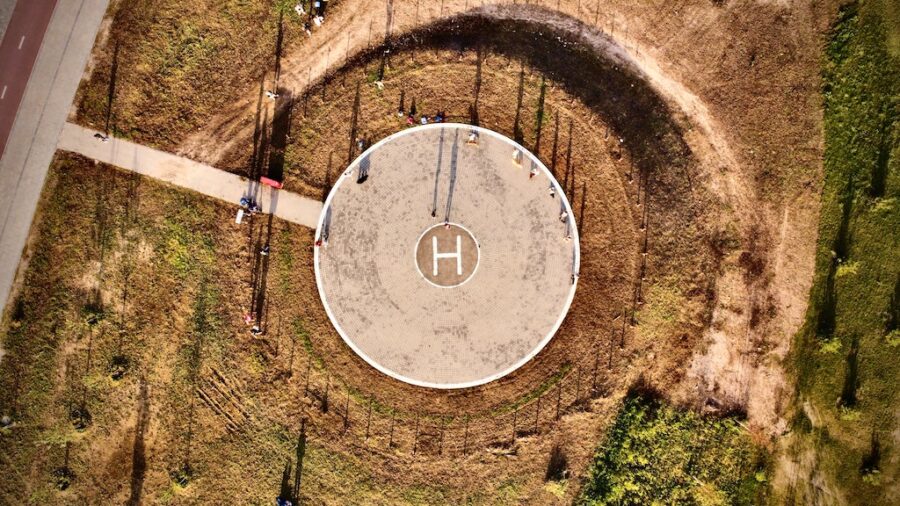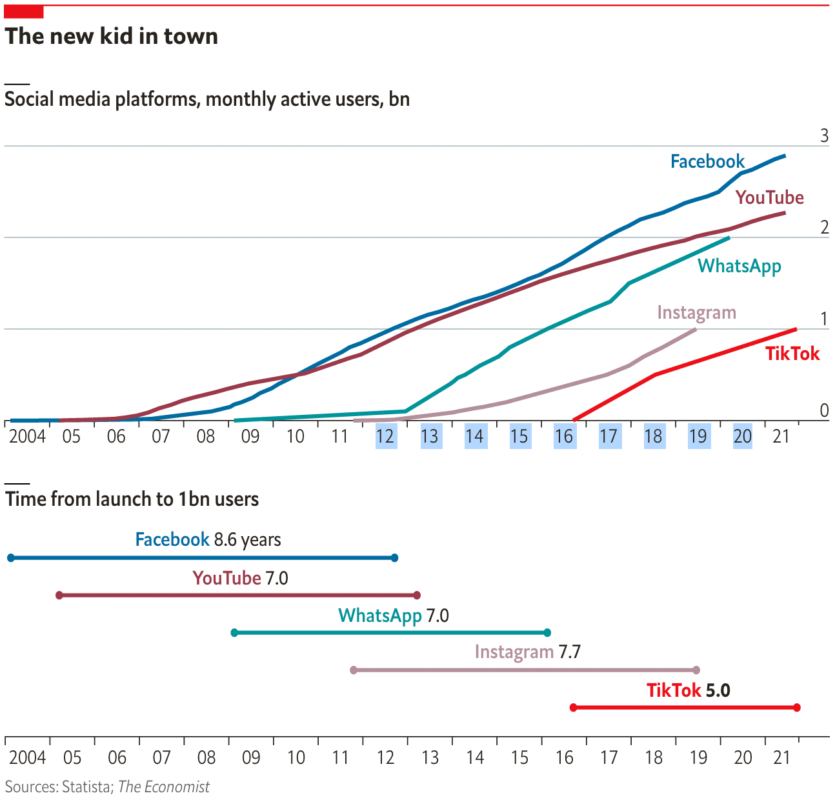Content is an investment in your business’s infrastructure. Indeed, most of the ways your brand communicates with consumers (and especially its target audience) is through content – whether it be video, FAQs, blog posts, tutorials, guides, website copy, product pages, or some other kind of asset. And as an investment asset, you’ll want to maximize the ROI of any piece of content.
Unlike other assets your business might invest in, however, the value (and subsequent ROI) of your content is something you have almost complete control over. From crafting it to support specific, tangible, and measurable goals, to targeting it to meet the timing of your audience’s needs, the entire lifecycle of your content is in your hands.
That being said, the more prolonged the lifecycle of your content, the longer it can generate ROI – from ongoing engagements to additional conversions. And prolonging that lifecycle lies in just how many forms of content your brand can leverage. Specifically, once a piece of content has been researched and spec’d out, it can then be repurposed and repackaged in different forms, and distributed across new channels and to reach new audiences.
Table of contents
The content conversion funnel
Different content assets target users at different levels of the acquisition funnel. What works at the top of the funnel does not necessarily apply to the bottom of the funnel – and vice versa.However, some content assets bridge across the funnel, giving brands the opportunity to reach a larger audience with the same messaging.

Top-of-funnel
The top-of-funnel (ToFu) is the very first stage of the conversion funnel and is all about demand generation. Rather than selling the audience on a product or service page, this type of content appeals to a broader user-base and is meant to educate and inform prospective consumers.
Middle-of-funnel
The middle of the funnel (MoFu) is where your brand bridges the gap between the top (awareness) and the bottom of the funnel (decision). MoFu content is particularly effective with lead generation and is created based on user intent.
Bottom-of-funnel
The bottom of the funnel (BoFu) is centered around conversions. Here, your brand clearly demonstrates how it can solve a user’s problem with its product or service. BoFu content highlights specifics of your products and services and is typically developed for high-intent users.
Onsite content
We live in a world where it makes no sense to think of consumers’ digital behaviour as completely separate from the rest of their lives. After all, with 1.5 billion smartphones having been sold every year since 2016, there are now more than 6 billion smartphone users worldwide, and most of us won’t even visit the restroom without going online.

So since all your messaging should push users back to your brand, your brand’s onsite content should be a priority. And that onsite content includes (but is not limited to) product and services pages, evergreen content, blog posts, downloadable assets, infographics, use cases, and case studies. So by repurposing these assets to reflect the same messaging and value-props in different ways, your brand can extend their shelf-life, and continue to generate ROI over a longer timeline.
1. Product + service pages
Bottom-of-funnel
Product and service pages represent the closing stages of a buyer’s journey. These content assets can be optimized for conversions and, in many ways, will be some of the first pieces of content your brand creates.
Your product and service pages will also contain a variety of features, including images, product-specific FAQS, testimonials, user reviews, and potentially other assets that support a user’s retail experience, such as video and infographics. These pages clearly communicate your core service offering and can easily be repurposed into sections of blog posts, listicles, comparison infographics, and video.
2. Evergreen content
Top-of-funnel > Middle-of-funnel
Evergreen content is just that: always green, always relevant. This kind of content will be the foundation of your content strategy. If content is king, then your evergreen content is the constitution of that kingdom.
Each section of your evergreen content should be considered an opportunity to repurpose and repackage its messaging into blog posts, videos, IG slides, and more. Simply put, the more components there are to your evergreen content, the more opportunities there are to repurpose them into single-serving or bit-sized servings are easier to both digest and distribute across various channels.
3. FAQs
Middle-of-funnel > Bottom-of-funnel
Although a form of evergreen content, FAQ remains so distinct from other forms of content that it’s in a class of its own. After all, it’s the one form of content that will not only speak directly to a customer’s immediate concerns, but also helps optimize a brand’s site for both semantic and voice search.

So in addition to having general FAQs about its greater range of products and services, your brand should also look at how FAQ content (and messaging) can be repurposed on specific product and service pages.
4. Blog posts
Top-of-funnel > Middle-of-funnel
While service pages are crafted with conversions and UX in mind, blog content allows your brand to demonstrate thought leadership, engage users, and communicate its value-proposition. Indeed, blog posts not only support SEO objectives, but also help generate brand awareness, address consumer needs, and establish your brand as an authority in its space.
More to the point, blog posts can both be created by repurposing evergreen and product content, and can also be repurposed in turn into infographics, social media content, and video scripts.
5. Downloadable assets
Top-of-funnel > Middle-of-funnel
Downloadable content are incredibly powerful assets for either lead-gen or list-building, and can easily be created by repurposing your brand’s evergreen, blog, and proprietary data into white papers, e-books, and checklists.Specifically, the opportunity to repurpose content into downloadable assets is two-fold: (1) your brand can repackage existing content into a PDF for, or (2) original downloadable content assets can also be segmented and repurposed into blog posts and social media content that can then be used to promote the downloadable asset itself.
6. Infographics
Top-of-Funnel
Infographics are engaging and highly shareable content assets that allow your brand to communicate its authority and value visually. And the potential to repurpose content through infographics is considerable. While evergreen content (such as guides) and blog posts (such as listicles) can easily be repurposed into an infographic format, infographics themselves can be repurposed into either written for or bite sized social media posts.
7. Use cases + case studies
Middle-of-Funnel
Inspiration comes in many forms, and in the word of content marketing, use cases and case studies are that inspiration. While use cases can inspire users and consumers to understand how your brand’s products or services can address their needs, case studies can help them realize the full potential value of the products and services you offer.
Repurposing product content into use cases and proprietary data into case studies can help inspire your audience to take that next step down the conversion funnel.
8. Videos
Top-of-Funnel > Middle-of-Funnel
Video content bridges the gap between written and visual content. It engages your audience on a sensory level, raises brand awareness to a new level – after all, Youtube is the second largest search engine in the world.
But engaging video (especially in the age of TikTok influencers) does not alway require high-production resources. Rather, videos can oftentimes be the result of repurposed content – such as using evergreen or blog content as the basis for a script. Furthermore, longer-form videos itself can be repackaged into bite-sized portions that are more appropriate for TikTok, Instagram, or Twitter (for example).
Offsite content
While onsite content should be where your audience’s journey ends, it’s not where it begins. After all, most online interactions never occur onsite, nevermind begin there, so it’s imperative that your branded content is repurposed for 3rd party social channels.Indeed, the average person spends as much as 145 minutes per day on social media every day, so your brand’s content strategy needs to account for this reality.
Facebook, and its 2.8 billion monthly active users, is the oldest and widest-reaching social media platform. Beyond allowing users to join in on conversations either through threads or groups, Facebook allows brands to share relevant content with their target audience. The platform also allows brands to target new audiences with sponsored content through demographic data, such as age, interests, and geographic location.
As the only social network for business, LinkedIn cannot be overlooked by any brand. While all brands can benefit from a basic presence, sharing company news and posting job opportunities, B2B brands can establish themselves as an industry leader through thought leadership and value-added content. Indeed, with over 700 million active users, the B2B marketing potential for brands is considerable, to say the least.
Instagram rapidly dethroned its parent network (Facebook) as the social media of choice for younger generations to share and consume video and image content.. From influencer marketing to memes to product-specific content, Instagram is one of the most effective channels to reach a wider audience through repurposed visual content.
While not as widely popular as Instagram, for some industries Pinterest remains a primary social network for sharing visual content. In other words, if your competitors are invested here, chances are you should consider it, as well. Pinterest also recently launched a Shop Category that allows brands to feature images of products for sale on their website that users can then click-through from, taking them further down the conversion funnel.
Since launching in 2006, Twitter has emerged as an unofficial breaking news feed for all happenings from across the world. Ultimately, prioritization of this platform will depend on the competitive landscape of your industry. However, Twitter is versatile enough to accommodate content assets of all types, including infographics, videos, links to products and services, and more.
Tiktok
TikTok has seen tremendous growth in recent years. Reaching 1 billion users in only 5 years, it is the fastest growing social media platform in history. And while its a channel where brands can certainly repurpose videos, listicles, and other value-added content into short, engaging videos, the platform’s biggest value-prop is its influencers. Simply put, TikTok not only means that your brand should invest in video, but that investment should start on TikTok before any other platform.

TikTok’s meteoric rise (source: the economist).
Snapchat
In terms of increasing the ROI of your content by repurposing it for new channels, Snapchat is a platform that bucks the content marketing trend. Specifically, content on Snapchat lasts at most for 24 hours, making it by definition highly-perishable. Simply put, the whole point of repurposing content is to extend its shelf-life as much as possible, and Snapchat does quite the opposite. Indeed, your brand’s content marketing dollars can be better spent elsewhere.
Repurpose, repackage, repost
Content marketing efforts represent a significant investment in your brand’s infrastructure, and like any investment, your brand should look to maximizing the ROI of that investment. Content repurposing prolongs the life cycle of your brand’s content assets, allowing it to continue to generate value as it’s redistributed across new channels and in new formats. More importantly, content repurposing allows your brand to bring its messaging to new audiences and repackage its value-prop around users’ needs.
